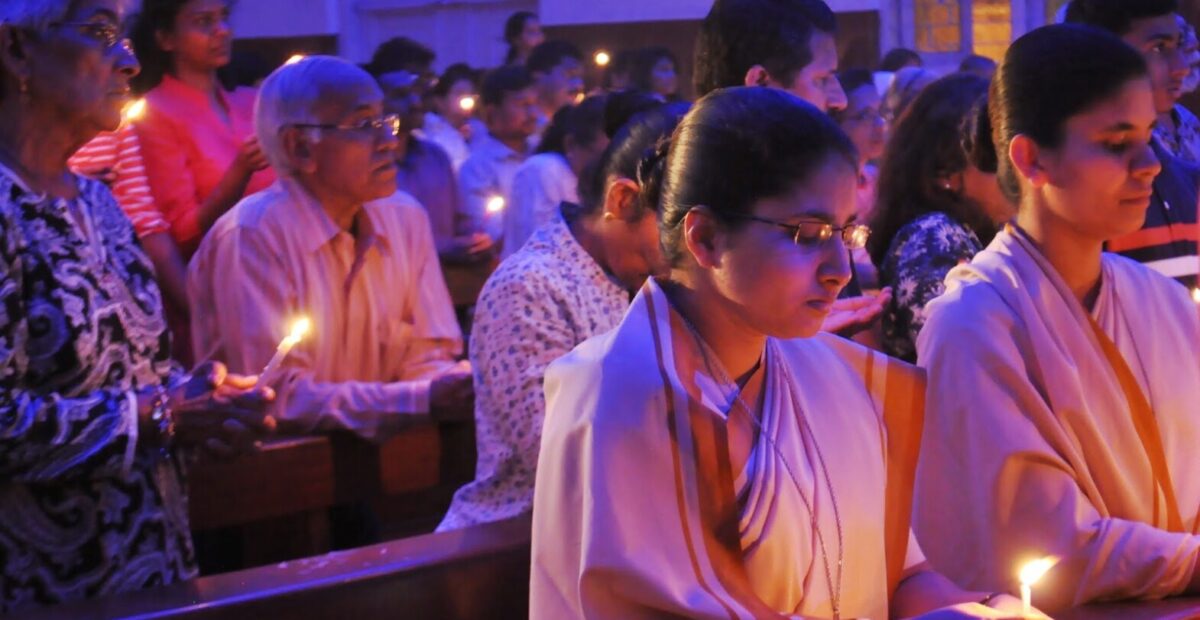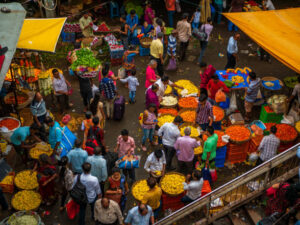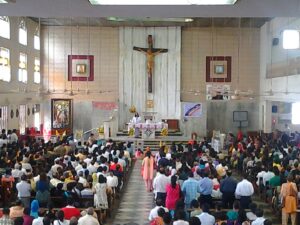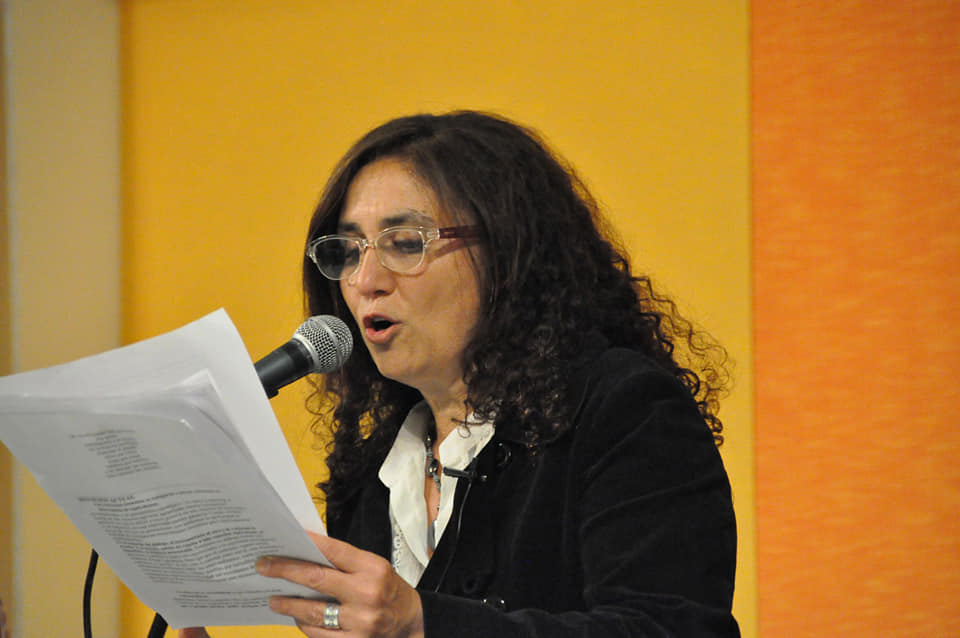
Watch
Christmas 1980 – My first experience among people from different religions

By Roberto Catalano published on December 11 on Letsdialogue
On this special day, we share Roberto Catalano’s recollection from his 28 years in India, living among people from different religions. He talks about his first encounter with Mumbai and his first Christmas among people of other religious beliefs.
Roberto Catalano is co-director of the International Center for Interreligious Dialogue of the Focolare Movement. He has a Doctorate in Theology of Religions and a Master’s degree in Philosophy and Sociology. He has lived in India for 28 years where he was actively engaged in interreligious dialogue. He has been involved in the organization of numerous symposiums and other events in India and in Italy, with Muslims, Hindus, Christians, Buddhists and Jews. He is the author of several books and articles on dialogue and a professor at the ASUS University in Rome and at Sophia University Institute of Loppiano., Florence.
I arrived in Mumbai on December 12, 1980. So I spent my first Christmas on Indian soil, 30° in the shade with a lifestyle and cuisine that was completely different from food that I was accustomed to eating on Christmas day.

For the first days, Silvio, Henry and I were the guests of the Society of St Paul in the neighborhood of Bandra, not far from Mahim where we found two tiny apartments that in the course of a few years would become four and still house the focolare community of Mumbai. We worked at repairing the apartment every day. We had found it in a pitiful condition and with the heat and humidity, everything became difficult. I was literally horrified by the crowds, even if Mumbai was still small (around 6 million citizens) compared to now with its 22 million people and one of the biggest cities in the world. I always walked between my two friends and, as for the local English, I was never able to understand whether the people were speaking Hindi, Marathi, or English. I felt lost in the ocean of a completely different world, but I also felt that it would become my home.
Midnight Mass at St Michael’s parish in Mahim was a fundamental experience in the area where we found the apartment. To understand the context of all that happened, a premise is necessary. Up until the end of the last century, Mumbai was a city made of villages. It is comprised of so-called colonies or compounds where Hindu citizens reside and other compounds where the majority are Muslims. There are also the famous Parsi colonies that gather the small but powerful Parsi or Zoroastrians from Persia.
The compound we lived in, called Mari Nagar (Mary City) is a Catholic colony. Within this social structure, there are further distinctions that are invisible to those who are not familiar with them. In fact, there are compounds of Sindhis Hindus from Sindh, or Gujarati who come from the State of Gujarat. Then there are Bengali or South-Indians who come from the State of Kerala, Tamil Nadu and Andra Pradesh. Some quarters are only Ismaelite Muslim, or Bohri, and so on. Therefore, the life of the respective regions is profoundly characterized by the different communities that live in them.

The food that you find in the bazaars or even from the street vendors is typical of each cultural group. There are temples and mosques, depending on the religions found in each community. To understand the heart and roots of a city like Mumbai it is necessary to understand this place name, even though there are places where the different communities live together; but they are the ones that began in the 90s.
Let’s go back to the Christmas Mass of 1980. As the Christmas liturgy was being celebrated and old Msgr. Aguiar preached to a crowded church in total silence and a profound spiritual atmosphere – outside the church the streets erupted in chaos. Thousands of people with loud speakers blasting away at full volume, musical that made everything shake. But none of the people in church was disturbed. Everyone remained silent, without a trace of embarrassment or disapproval. What had happened?
Simple. On the opposite side of the artery that passed in front of St Michael’s Church, a vast area of Muslims were celebrating their own feast day, just like we were celebrating Christmas. Obviously, the ways of celebrating the two feasts were very different. I was suddenly aware of my lack of elements that would have allowed me to absorb the situation. For me, this was all totally unacceptable. For the Indians – I would discover later – this was daily life. On one side there was our Catholic identity, and on the other side the presence of a religious pluralism that placed our differences side by side. Both had to and could live with each other.
The Indians had managed to reach this dimension. I was aware of my incapacity. That Christmas night in 1980 was the first experience of the tension between identity and pluralism. I came to realize, perhaps without being aware of it, that it was necessary to bring into focus both sides, in order to bring them into harmony.
For more stories: https://whydontwedialogue.blogspot.com/




